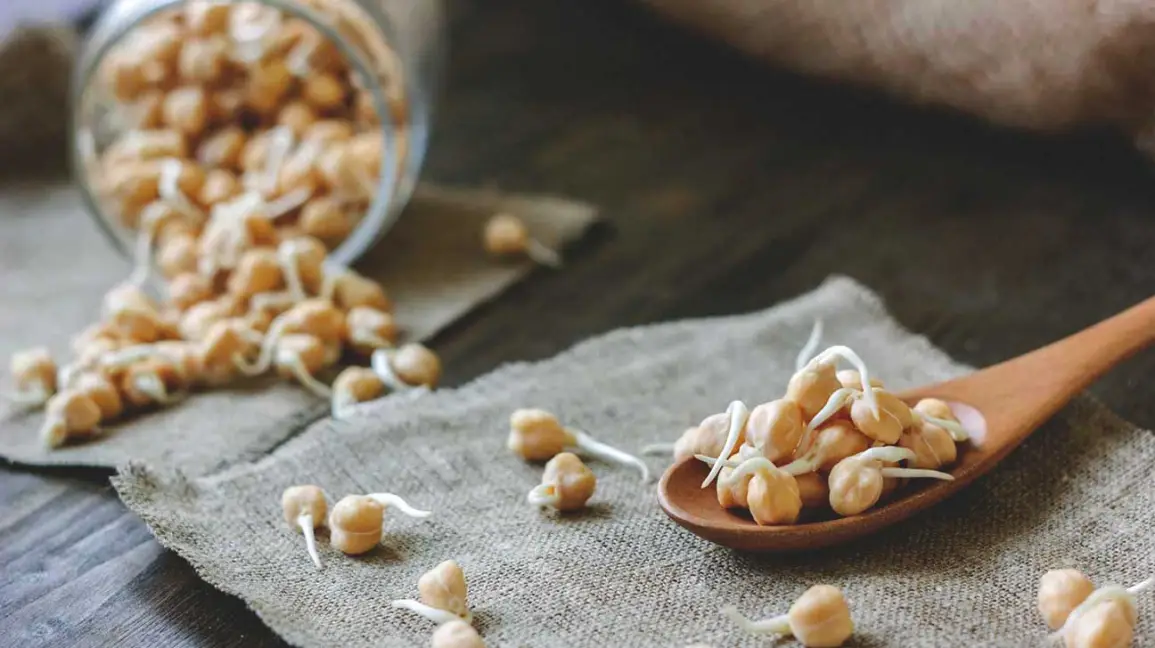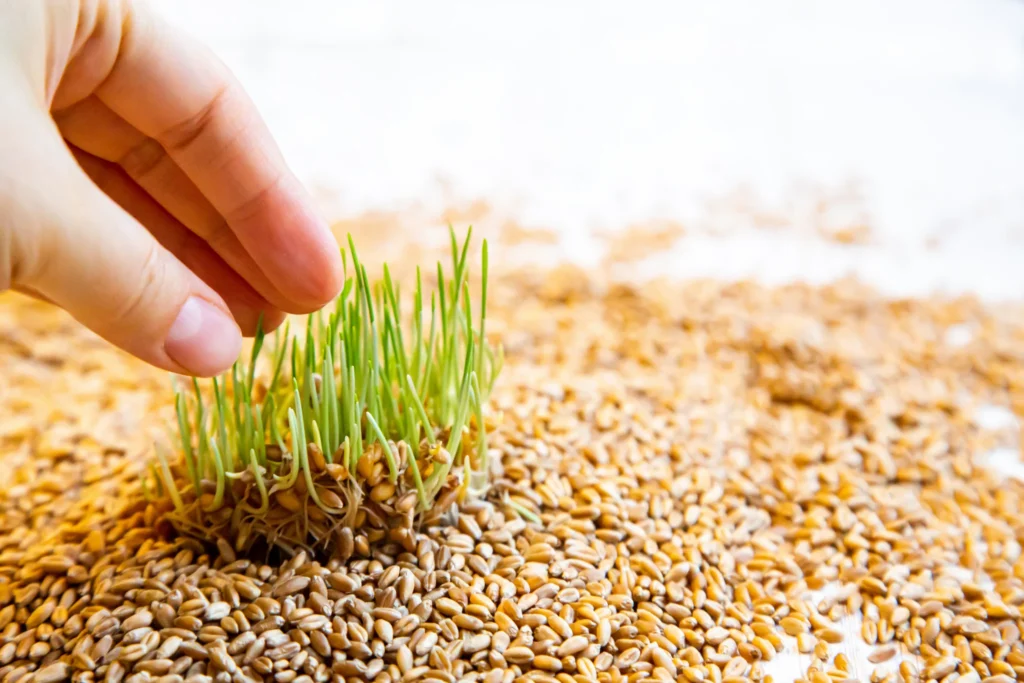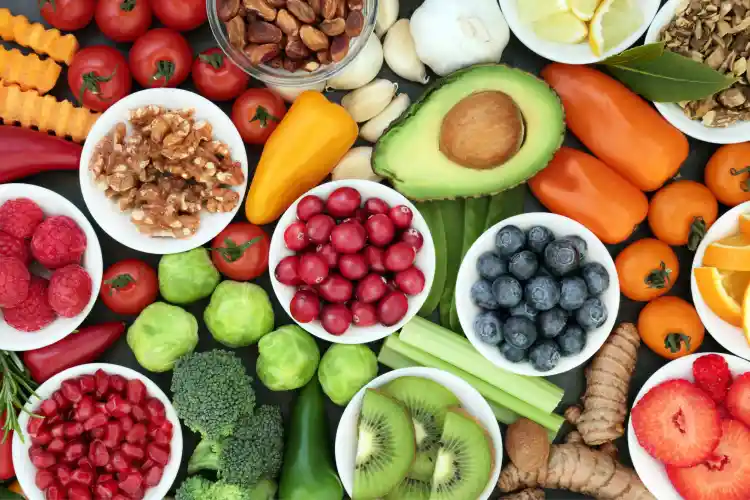Items That Become More Nutrient-Dense After Sprouting

Items That Become More Nutrient-Dense After Sprouting
In the world of nutrition, few processes are as transformative as sprouting. What begins as a small, seemingly lifeless seed or grain can, after just a few days of germination, turn into a living food bursting with vitamins, minerals, enzymes, and antioxidants. Sprouting not only enhances the nutrient density of certain foods but also makes them easier to digest and absorb. Whether it’s beans, grains, or seeds, the process of sprouting unlocks a remarkable amount of nutritional potential that’s otherwise hidden in their dormant state.
Here’s a closer look at some of the most common foods that become significantly more nutrient-rich after sprouting—and why adding them to your diet can be a smart move for your health.
1. Lentils: Protein and Iron Powerhouses

Lentils are already known for their high protein and fiber content, but once sprouted, their nutritional profile takes a major leap. The process of germination breaks down complex carbohydrates, making lentils easier to digest. More importantly, sprouting boosts the bioavailability of essential nutrients like iron, zinc, and folate. Studies have shown that sprouted lentils can have up to 30% more vitamin C compared to their dry counterparts—an important factor that enhances iron absorption. For vegetarians and vegans looking for a more digestible protein source, sprouted lentils are an excellent choice.
2. Mung Beans: A Complete Nutrient Package
Sprouted mung beans are a staple in many Asian cuisines and are often added to salads, soups, and stir-fries. They’re low in calories yet packed with essential vitamins such as C, K, and several B vitamins. The sprouting process increases the levels of antioxidants and amino acids, making mung beans one of the most nutrient-dense legumes available. The rise in enzyme activity during sprouting also aids in digestion and helps reduce bloating—a common issue when consuming regular beans.
3. Chickpeas: Enhanced Protein and Mineral Content
Chickpeas, or garbanzo beans, are another legume that benefits greatly from sprouting. When soaked and allowed to germinate, chickpeas show a significant increase in folate, vitamin C, and antioxidants. Sprouted chickpeas also have improved protein quality and reduced antinutrients such as phytic acid and tannins, which normally hinder mineral absorption. Whether roasted for snacks or blended into hummus, sprouted chickpeas offer more accessible nutrients with every bite.
4. Whole Grains: More Than Just Carbs
Grains like brown rice, wheat, barley, and quinoa also undergo powerful changes during sprouting. In their raw state, grains contain enzyme inhibitors and phytates that can interfere with digestion and nutrient uptake. Sprouting neutralizes these inhibitors and boosts the levels of vitamins B and E, along with essential amino acids like lysine. For instance, sprouted brown rice contains higher amounts of gamma-aminobutyric acid (GABA), a compound known to support brain health and reduce stress. Switching to sprouted grain bread or cereals can make your breakfast not only healthier but also easier on your digestive system.
5. Broccoli Seeds: Tiny Sprouts, Big Benefits
Broccoli sprouts have gained immense popularity in recent years, and for good reason. They contain exceptionally high levels of sulforaphane, a compound linked to powerful antioxidant and anti-cancer properties. In fact, broccoli sprouts can contain up to 100 times more sulforaphane than mature broccoli heads. This phytochemical helps detoxify the body, support cardiovascular health, and protect against inflammation. Adding just a handful of these delicate sprouts to sandwiches, smoothies, or salads can deliver an impressive nutritional punch.
6. Alfalfa and Clover Sprouts: Light but Mighty
These delicate sprouts are often used as toppings for sandwiches or mixed into salads. Though low in calories, alfalfa and clover sprouts are rich in vitamins A, C, K, and E, as well as calcium and magnesium. The sprouting process increases their chlorophyll content, which supports detoxification and oxygenation of cells. Because they are mild in flavor, they’re an easy and versatile addition to almost any meal.
7. Sunflower and Pumpkin Seeds: Better Fats and Nutrient Uptake
When seeds like sunflower and pumpkin are sprouted, they become easier to digest and offer increased availability of essential minerals such as magnesium, zinc, and selenium. The sprouting process also enhances the quality of their healthy fats, supporting better heart and skin health. These crunchy sprouts can be sprinkled over salads, mixed into trail mixes, or blended into smoothies for an extra nutrient boost.
The Science Behind Sprouting
During sprouting, the dormant seed “wakes up” and begins to convert stored starches into simpler sugars and fats into essential fatty acids. Enzymes activate, antinutrients decrease, and the concentration of vitamins, minerals, and phytonutrients rises. Essentially, sprouting transforms a food designed for storage into one designed for growth—and that transformation brings nutritional benefits to anyone who eats it.

In Summary
Sprouted foods are more than a health trend—they represent one of nature’s simplest and most effective ways to boost nutrition naturally. By incorporating sprouted lentils, grains, beans, and seeds into your meals, you’re not just improving your nutrient intake; you’re also supporting better digestion, energy, and overall wellness.
Whether you add a spoonful of broccoli sprouts to your salad or switch to sprouted grain bread, these small choices can lead to big gains in your nutritional health. After all, sometimes the smallest sprouts hold the biggest secrets to vitality.









